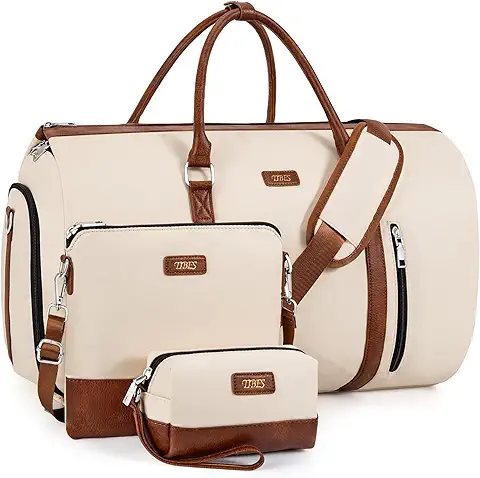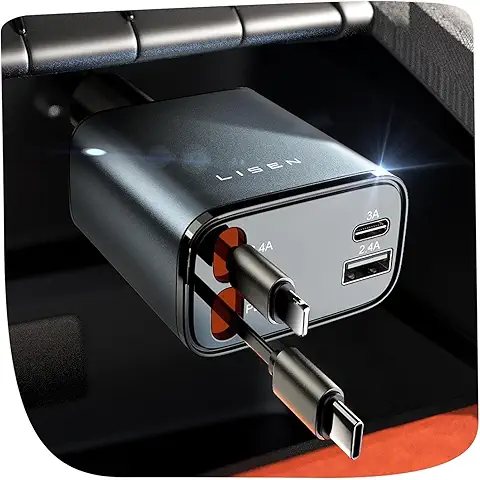How to Choose the Best Backpack for Your Trip: Features and Fit Explained


Whether your trip is an overnight hike, a weeklong excursion, or an international one, choosing the correct backpack is essential for a great vacation. More than just a bag, a decent backpack is a tool meant to keep your basics comfortable, accessible, and orderly carried. Still, with so many choices available, it might be daunting to identify the best one.
From knowing the right size and capacity to appreciating the necessity of fit and material quality, this guide will cover all you need to know. You will have a clear road map by the end of selecting the ideal backpack for your journey.
1. Understand the Purpose of Your Backpack

Identifying your intended usage for the backpack will help you to choose the correct one. Different travels and activities demand different kinds of packs. A leisurely day trek, for example, calls for a somewhat different backpack than a weeklong trip.
Usually enough for a quick city excursion or light day, walk is a small daypack of between 20 and 30 liters. It should fit water, snacks, a jacket, and maybe a camera. Conversely, multi-day excursions or overnight camping outings call for more roomy backpacks. Usually falling between 30 and 50 liters, these provide ample space for food, sleeping equipment, and additional clothes—the basics.
A pack with 50–80 liters of capacity is more suited to carry heavier equipment and extra supplies for long hiking trips or overseas travel. Making sure the backpack serves your needs guarantees you neither overpacking nor under-prepping for your trip.
2. Choose the Right Capacity for Your Needs
Backpack capacity is expressed in liters; knowing these amounts is essential to choosing the correct one. Perfect for short trips, small-capacity packs (20–30 liters) are light-weight, and compact. These are great if you need something flexible for day travel and are not hauling big or heavy objects.
Medium-capacity backpacks (30 to 50 liters) give the extra space required for goods including sleeping bags, food supplies, and extra layers for longer hiking or camping expeditions. Most overnight or weekend excursions would find these packs perfect since they blend room with manageability.
For multi-day treks, long-term trips, or winter outings requiring heavy gear, bigger packs—more than 50 liters—are absolutely essential. These are best saved, nevertheless, for experienced visitors or those with particular gear requirements since larger sizes also bring more weight.
3. Evaluate Key Backpack Features
Features of a carefully selected backpack fit your particular hiking or vacation style. For example, the access to your items might have a big impact. While more contemporary panel-loading designs open like a suitcase, offering quick and simple access to all your stuff, conventional top-loading backpacks have one opening at the top.
Having several compartments aids in gear organization. Usability can be much improved by a separate hydration sleeve, a pocket for a sleeping bag, and little compartments for tools or electronics. For attaching objects like trekking poles or water bottles, features like exterior gear loops help to keep them within simple reach without compromising internal space.
Particularly when your bag isn't completely laden, compression straps also are rather important for protecting your stuff. Many contemporary bags also feature water-resistant fabrics or rain covers, therefore shielding your goods from unanticipated weather changes.
4. Focus on Fit and Comfort

Making a choice on a backpack mostly depends on making sure it suits your body properly. Over time, a badly fitting bag can cause discomfort, muscle strain, and even injuries.
You first should give your torso's length some thought. Usually made to meet varying torso lengths, backpack sizes can be found by first measuring from the base of your neck to the top of your hips.
Also rather crucial is the hip belt. A decent hip belt should fit tightly on your hips to move most of the weight from your shoulders to your lower body. Particularly helpful for preserving comfort over long stretches of time are padded and adjustable hip belts.
Additionally, well-padded and adjustable, shoulder straps should not scrape into your flesh. Load lifter straps found in many backpacks around the shoulders let you bring the weight closer to your body, therefore improving balance and lowering strain.
5. Materials and Durability Matter
The materials your bag is constructed from directly determine its lifetime. Because ripstop nylon resists tears and abrasions, it is a common material used in hiking and outdoor backpacks. While smaller and more casual packs might employ polyester, heavier-duty backpacks commonly include Cordura fabric, renowned for its great strength and durability.
Further elements that help your bag last are reinforced stitching, premium zippers, and water-resistant coatings. If you will be hauling large objects or exploring difficult terrain, these specifics are very important.
6. Weight Distribution and Packing Tips
Apart from relieving strain, a well-balanced backpack improves movement. Although most contemporary backpacks are made to equally distribute weight between your hips and shoulders, comfort can also be influenced by how you arrange your belongings.
Sort heavier objects toward your back and toward the pack's middle. This alignment helps the load to be centered, therefore enhancing your stability on uneven ground. While often-used basics should remain easily accessible in exterior compartments, lighter goods like garments can be placed away from your back.
Good weight distribution enables your body to be less strained, so freeing you to concentrate on your journey instead of pain.
7. Style Meets Functionality
Not only are backpacks useful but they also capture your travel approach. If you live in an urban environment, you usually want sleek, professional-looking small backpacks. Many of these feature easy-access pockets for documents and tools, padded laptop compartments, and theft-resistant zippers.
Functionality rules first for outdoor experiences. Search for customizable frames, hydration compatibility, and outside attachment points. These characteristics are designed for tough surroundings where gear access and organization are vital.
8. Testing and Final Adjustments
Testing a bag with a weight comparable to what you will carry on your trip is always a smart idea before you commit to it. Load the pack with tools, change the straps, and then stroll about to feel it. This easy examination might highlight possible pressure areas or imbalances that might cause later discomfort.
If you shop online, closely check sizing charts and consumer comments. Reputable companies sometimes give exact measurements, which facilitates the search for a pack fits your requirements.
9. Invest in a Quality Brand
Although less expensive choices are appealing, over time investing in a high-quality bag from a respected brand will save you money. Reliable brands guarantee your pack will endure years by using top materials, including cutting-edge technologies, and usually including warranties.
Conclusion
Selecting the ideal backpack for your journey requires knowing your demands for travel, giving comfort and fit first priority, and closely assessing features and materials. A nice backpack not only makes your travel more fun but also shields your stuff and helps to avoid needless strain. Knowing you have chosen to support both your comfort and your goals, you can concentrate on the journey ahead with the correct pack on your shoulders.








